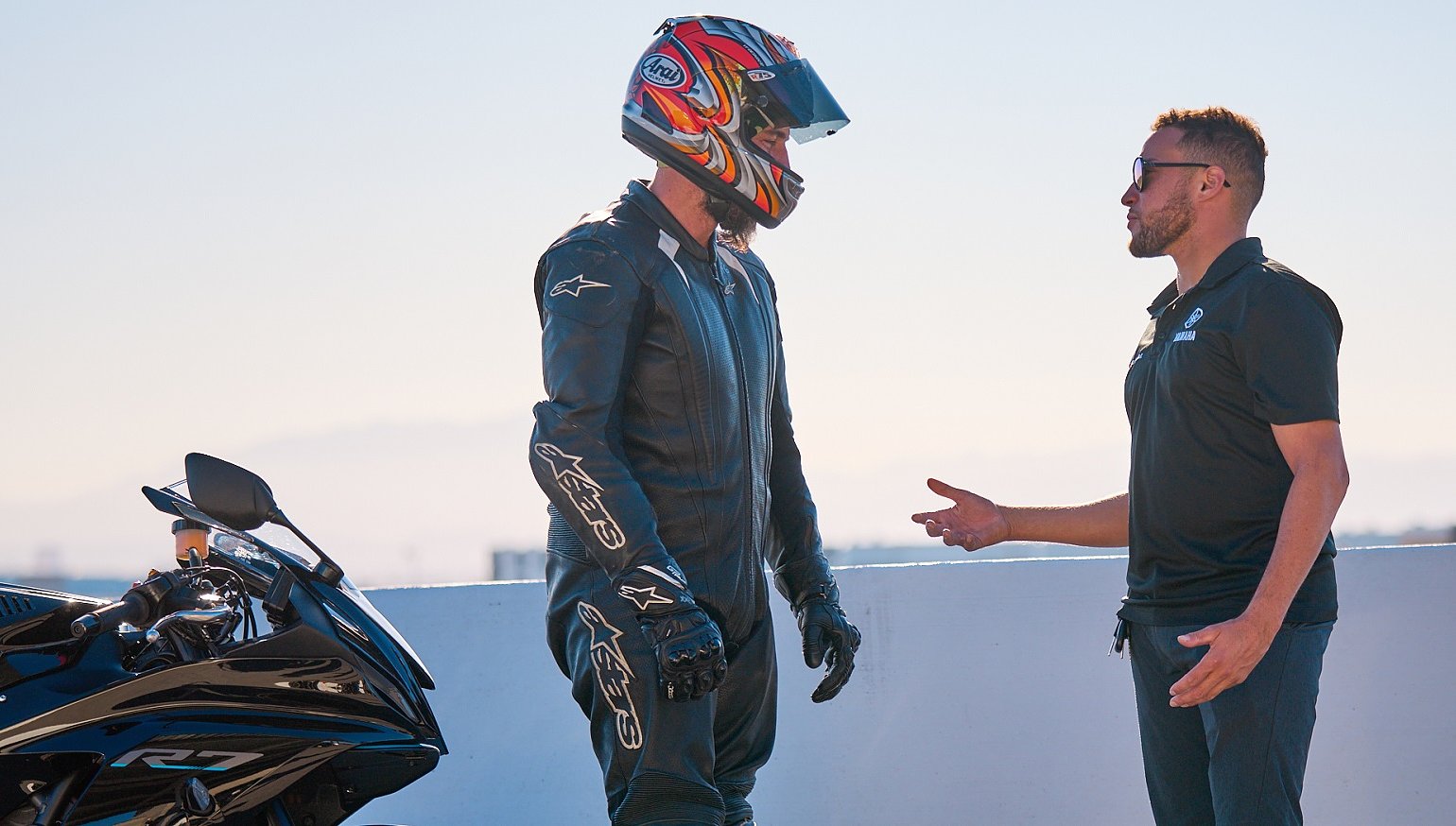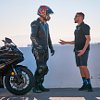The entire class surrounded the big screen, watching ChampSchool instructor Eziah Davis ride a lap of New Jersey Motorsports Park. Filming each student is a big part of the two-day program, and an instructor lap is always included. Eziah, blindingly fast and smooth on a Yamaha MT-10, brought the room to silence.
As he flashed across the start-finish line, a student said, "Man, you make it look easy."
Eziah started so say something, hesitated, and then closed his mouth.
"E," I said. "You started to say 'It is easy,' didn't you?"
"Yeah," the 25-year-old answered bashfully. "I did. That lap at that pace was easy." He looked around the room at disbelieving faces and added, "And it will get easier for you, I promise."
Eziah's lap was handfuls of seconds faster than the students' laps and significantly more precise, yet if we had heart-rate monitors on all the riders, his heart rate would be lower than most, too.
Eziah could lap at the filmed pace until the bike ran out of fuel or the tires lost air. He could do those precise and efficient laps on any bike in the paddock, riding with a 2% safety margin. In fact, he's proven it by winning the WERA/N2 Middleweight endurance championship in 2020 and his team of ChampSchool instructors is leading the 2022 points right now.
But more importantly, in the last six months Eziah has visited friends in South Carolina, Colorado, and California to go street riding on bikes he doesn't own and roads he's never seen. He runs with expert-level street riders like Joe Salas and Keith Culver with the same ease and safety as he lapped New Jersey Motorsports Park.
Isn't this what we all want? Riding at the pace we choose with few if any "moments," on line and in control?
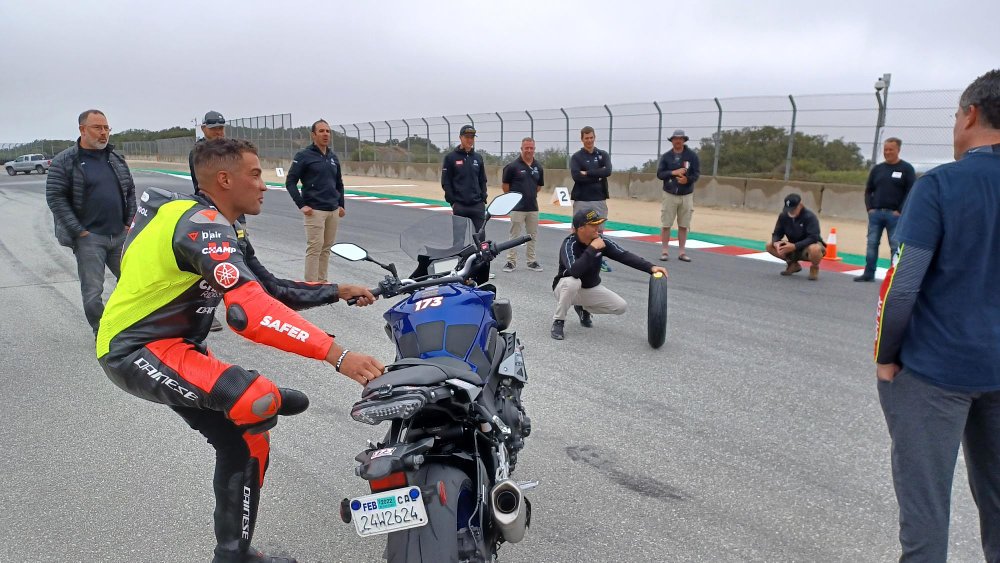
What makes riding easy?
A common answer to this question is, "More miles, more laps, more time riding." But weighing against this answer is the knowledge that practice doesn't make perfect, practice makes permanent. In other words, more miles don't help a rider improve unless the rider follows best practices on every ride.
May I add one more viewpoint developed after running schools for a few years? Focused practice goes a long way toward shortening a rider's learning curve. Riding mindful miles is a huge secret to rapid improvement. Becoming aware of mistakes and then acting on the solutions really moves a rider ahead in a short time.
But this raises the question: What are the best practices? Let's take a look at an expert's approach.
How expert riders make it easy
Expert riders like Eziah make riding easy, even at a high pace, with these techniques.
Look farther, sooner: Comfort and pace start with the eyes seeing the future very early. Eziah has learned to look not just further, but sooner… and he's learned to scan his eyes back toward his bike to be sure he's placed the bike safely in relation to potholes, curbs, gravel, white lines. Out and back, out and back. Most riders are too late and too low with their vision or forget that it's OK to scan back toward the bike. A main point: We will always struggle with late eyes after a winter of not riding, or when riding a faster bike, or when riding our own bike faster. Your lesson: Practice this further, sooner, scan-back technique on every ride or drive, even when riding passenger in a car.
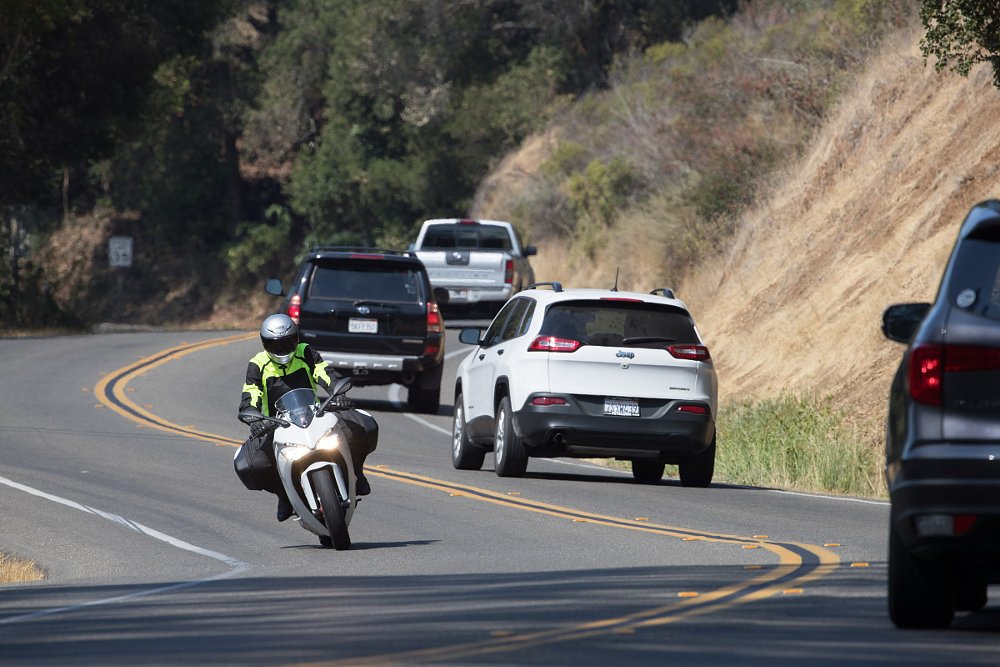
Prepare for the exit: Riders at Eziah's level have a very specific goal at corner entry: Get the bike ready to exit. That goal, especially on the street, should have you realizing that eyes, brakes, downshifts, body position, line, turn-in point, and turn-in rate are all aimed at getting the bike into the corner safely and in control, turned and pointed for the exit. Should that exit be partially blocked by gravel, completely blocked by an elk, or further around the corner than you expected, you have entered the corner under control and with available traction and lean angle to deal with the unexpected. Your lesson: When you begin to enter corners at the limits of the bike, tires, or your brain, the unexpected is tough to deal with. Eziah gets in there with a margin of safety, especially on the street.
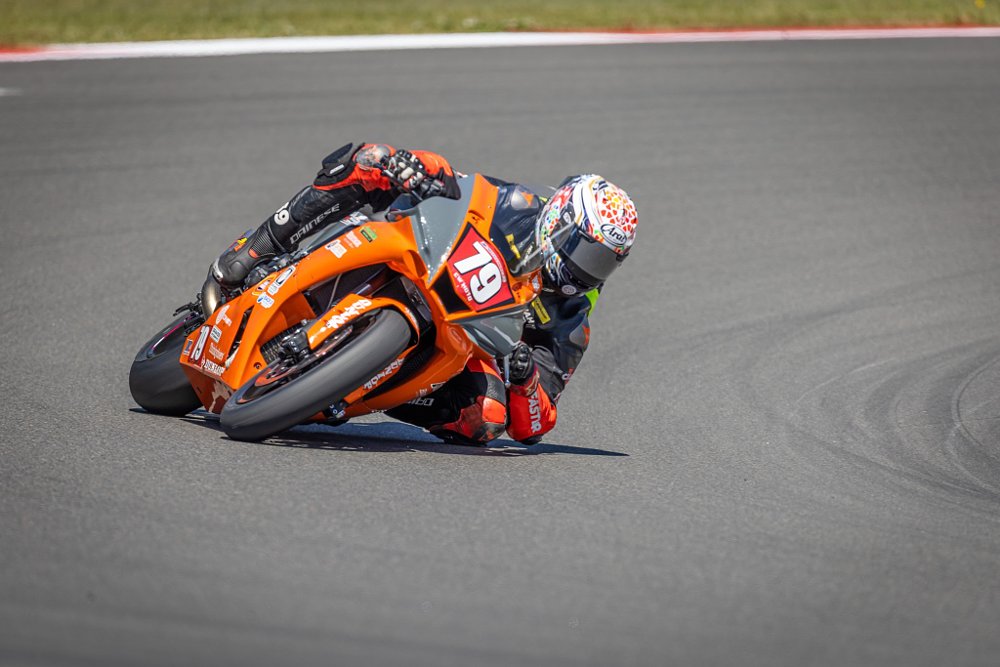
Trail braking: Eziah's margin of safety comes primarily from his brake use. He will continue to brake into the corner and not let go of the brake lever until he's happy with his speed and direction. This is a lifesaver on unknown roads, a trophy winner on the racetrack. Your lesson: Trailing brake pressure into the corner (throttle completely closed) puts you in control of three things: speed, steering geometry, and front-tire contact patch. Controlling these three things wildly increases safety.
Maximize the exit: Why is this approach a trophy winner on the racetrack? Because when riders like Eziah use corner entry to get the bike pointed, their exit drives are better than their competitors' who rush the corner entry and can't get their bikes pointed as early as Eziah. They enter the corner faster than Eziah but that rushed corner entry delays direction and delays beginning their exit drive. Your lesson: Eziah can accelerate earlier and harder because there's a simple truth for most corners you will traverse: Exits last longer than entries. Eziah is simply maximizing the part of the corner that lasts the longest.
So, is Eziah more skilled than you? Could be, but not rushing corner entry is more about discipline and forethought than outright riding skill. Don’t misunderstand: On the track, Eziah will try to brake later and later, enter the corner faster and faster — until his entry hurts his exit. When that happens, when he misses his apex (closest you come to the inside edge of the corner), when he can't get direction to maximize the exit, he pulls back the entry aggression and speed. Rushing an entry on the track carries a few penalties, but nothing compared to the fatal penalties of rushing entries on the street. Your lesson: Knowing that running wide in corners is the number-one cause of motorcycle death will really put Eziah's habit into perspective. Treat every corner entry with the express goal of getting the bike safely into the corner and pointed, ready for whatever the exit or radius hands you.
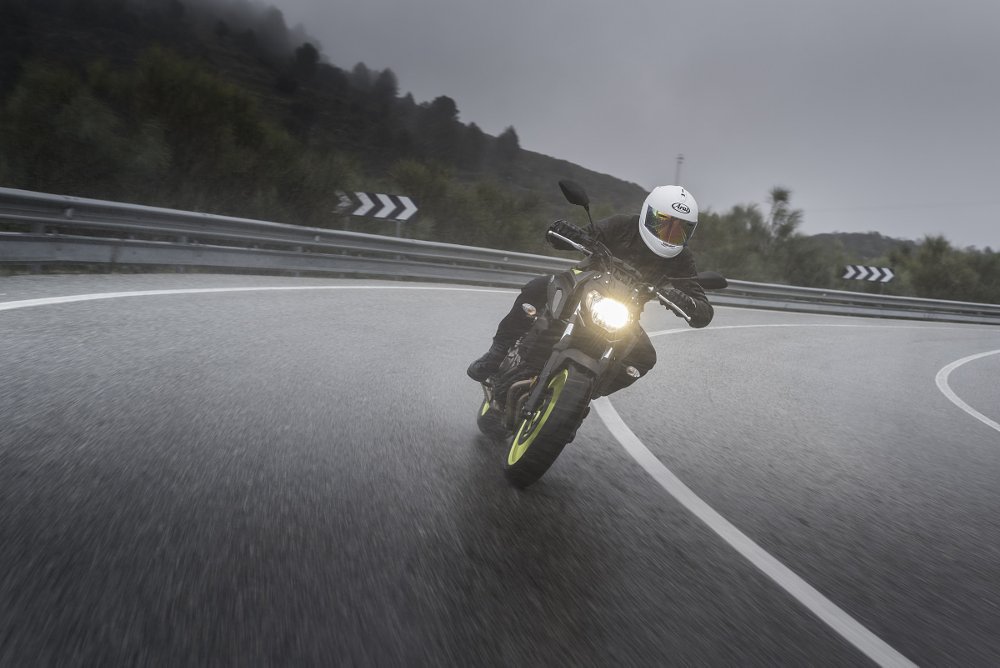
Manage finite traction with smoothness: Eziah realizes his tires have a finite amount of grip, divisible between brake pressure, throttle pressure, and lean angle. Yes, it's that simple. Because he doesn't know exactly where the limits of grip are on this day, he has learned to add and subtract brake pressure, throttle pressure, and lean angle in a subtle and smooth manner. Abruptness with controls will throw him over that finite edge of traction, while smooth inputs will allow him to experiment and live under the edge of grip. Your lesson: Starting this moment, notice and mitigate any abrupt inputs on your bike or in your four-wheeler so you will be ready to survive at the edge of tire grip, whether commuting home in the sleet or winning your first Novice race.
If you adopt these practices, you won't just make riding the pace you want look easy — it will actually be easier.




